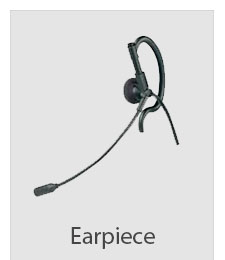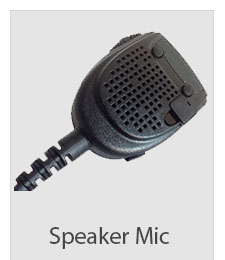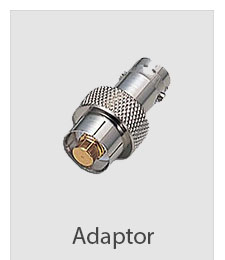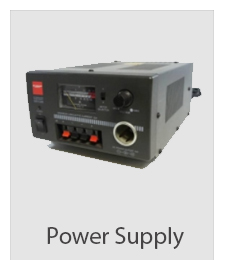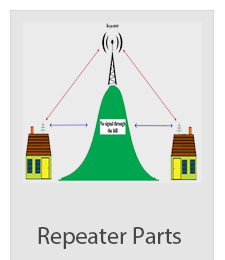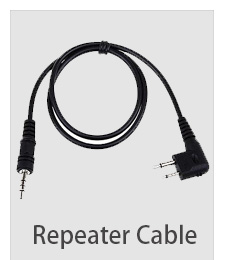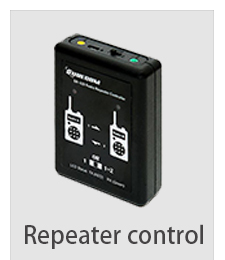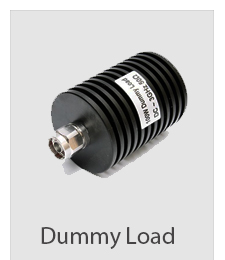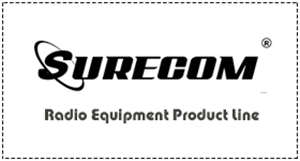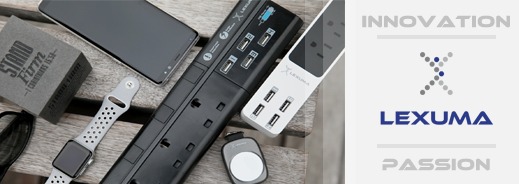DMR TRUNKING WORK (II)
So now let’s look at a specific example.
A trunked radio system includes a Control Channel that is used to send messages between the trunked system and the subscriber units. It also has a number of Traffic Channels used for the voice calls. The actual number required depends on the number of groups using the system and the number of calls taking place. Normally there would be at least 4 traffic channels but in this simple example there are only two traffic channels. There may be hundreds of subscribers on a trunked system, but this example shows just 11 subscribers. The subscribers consist of different groups or teams: fire trucks, ambulances, police cars and highway patrol cars.
If one of the ambulances wanted to talk to the other ambulances, then they would press the push-to-talk button. The subscriber unit would use the control channel to send a request for a traffic channel to the system. The system would send a message back, which automatically directs all the ambulances to the available traffic channel. Since channel A is being used by fire, the call is directed to Channel B.
The subscriber would then use channel B for their call.
As soon as you finish your call, the channel you used will become open again for another caller to use. All of this happens automatically and requires no special interaction from the user.
Thanks to this ability to share a trunked line, you won’t need 100 channels to serve 100 radio customers. People are not constantly using channel space, which means that you really only need a few trunked channels for over 100 people. As spectral efficiency becomes more important, so does trunking technology.
https://www.409shop.com/shop.php
Telecommunications Knowledge
|






